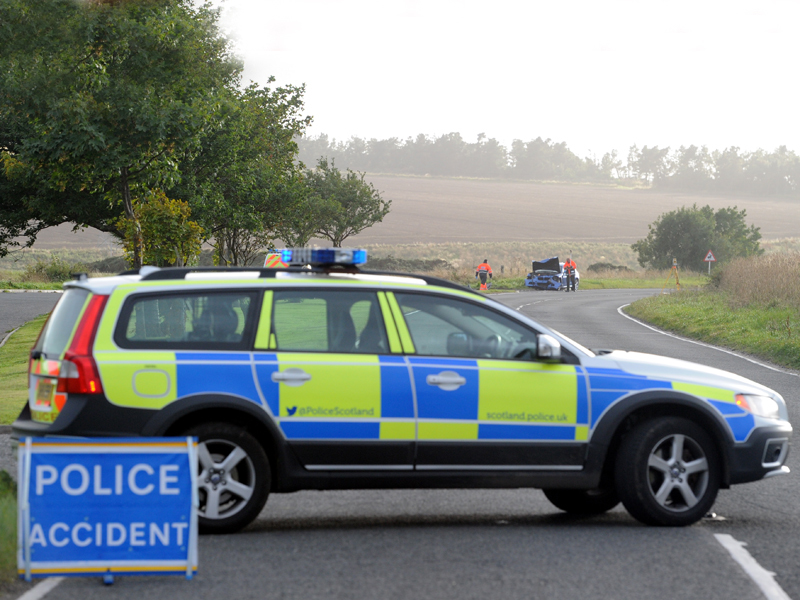Teenage drivers in the north are more likely to be involved in serious or fatal crashes than young motorists anywhere else in Scotland.
The shocking statistics uncovered in an investigation by the RAC Foundation have led to fresh calls for a graduated licence scheme to try to cut the carnage in the region.
Road safety campaigner David Stewart said the results of the study were “very alarming”.
But George Durrand, whose 17-year-old son Christopher died in a crash in Caithness in 2012, said not only young people should be targeted in road safety campaigns.
Labour Highlands and islands MSP Mr Stewart started his campaign for a graduated licence scheme after being contacted by the family of 17-year-old Callum Matheson, who died along with Ahlee Jackson in a crash in Inverness four years ago.
The RAC study found more than one in seven nationwide road casualties – 11.9% – involved a driver aged 17-19, despite the group making up only 1.5% of licensed motorists.
And in the Highlands and islands and Grampian the number was even higher – with 15.7% of casualties caused in crashes involving teenage drivers.
Across the north and north east, there were an average of 320 casualties each year from crashes involving drivers aged 17-19. Of these, 65 people were killed or seriously injured.
The rate, based on police accident statistics between 2008-2012, is the worst in Scotland and the fifth highest in the UK.
The study suggests the reasons for the relatively high proportion of crashes in the north include a higher percentage of the area’s young people holding a driving licence teenage motorists in the north and north east covering greater distances.
Mr Stewart said last night: “These results are very alarming with regards to the north and the north-east of Scotland.
“These statistics show clearly that this area has the highest proportion of collision involving young drivers aged 17-19 in Scotland.
“For over four years now I have been trying to persuade the UK Government and other organisations that the introduction of a form of graduated licence is the only way we are really going to reduce serious injury and fatal road collisions involving our young road users.”
Mr Durrand said: “The police need to be out among motorists speaking to motorists. But I don’t think the spotlight should be totally shone on young people.”
He questioned whether a graduated licence scheme would help reduce the number of crashes, although researchers claimed it could lead to 13 fewer people being killed or seriously injured each year.
Graduated licence schemes are in operations in several countries worldwide including parts of Australia, New Zealand and the US.
They involve restrictions such as a nighttime curfew or limits on the numbers and ages of passengers being placed on new young drivers.
RAC Foundation director, Stephen Glaister, said: “Whichever way you cut it, young drivers pose a significant and disproportionate risk to themselves and to others and it is in rural areas where the casualty rate is highest.
“The government has repeatedly delayed announcing its strategy to help reduce young driver accidents but here is yet another piece of evidence which shows graduated licensing can significantly cut death and injury.”
